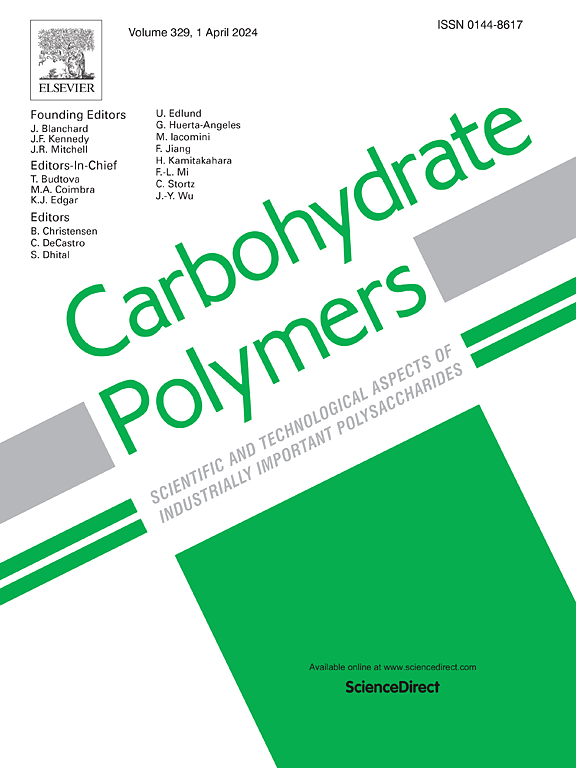A review on research advances in efficient approaches to augment hydrothermal techniques for starch functionalization: Mechanisms, properties and potential food applications
IF 10.7
1区 化学
Q1 CHEMISTRY, APPLIED
引用次数: 0
Abstract
The applications of hydrothermally modified starches in conventional water media, such as distilled water (DW), are limited due to their poor performance. Therefore, researchers are introducing innovative techniques in various environments, including ethanol solutions, salt solutions, acidic or alkaline conditions, plasma-activated water (PAW), and hydrogen-infused water (HW), to enhance the efficiency of annealing (ANN) and heat moisture treatment (HMT). The present review discusses these new approaches aimed at improving the performance of ANN and HMT, their potential mechanisms for starch modification, the resulting changes in the functional properties of starch, and their role in various food applications. Additionally, it systematically elucidates the challenges, opportunities, and future directions in this field. Unlike classical water-based ANN or HMT, innovative and sustainable approaches adopted for hydrothermal methods drastically enhance the structural stability, resistance to digestive enzymes, and low-temperature storage stability of starch. However, these changes depend on controlled parameters, such as the concentration of ethanol or salt, pH of the medium, incubation time, moisture level, treatment temperature, and starch properties (e.g., amylose/amylopectin ratio) during treatment. This consolidated report on cutting-edge techniques designed to enhance the effectiveness of hydrothermal modifications seeks to expand the potential applications of ANN and HMT in food-grade products.

求助全文
约1分钟内获得全文
求助全文
来源期刊

Carbohydrate Polymers
化学-高分子科学
CiteScore
22.40
自引率
8.00%
发文量
1286
审稿时长
47 days
期刊介绍:
Carbohydrate Polymers stands as a prominent journal in the glycoscience field, dedicated to exploring and harnessing the potential of polysaccharides with applications spanning bioenergy, bioplastics, biomaterials, biorefining, chemistry, drug delivery, food, health, nanotechnology, packaging, paper, pharmaceuticals, medicine, oil recovery, textiles, tissue engineering, wood, and various aspects of glycoscience.
The journal emphasizes the central role of well-characterized carbohydrate polymers, highlighting their significance as the primary focus rather than a peripheral topic. Each paper must prominently feature at least one named carbohydrate polymer, evident in both citation and title, with a commitment to innovative research that advances scientific knowledge.
 求助内容:
求助内容: 应助结果提醒方式:
应助结果提醒方式:


